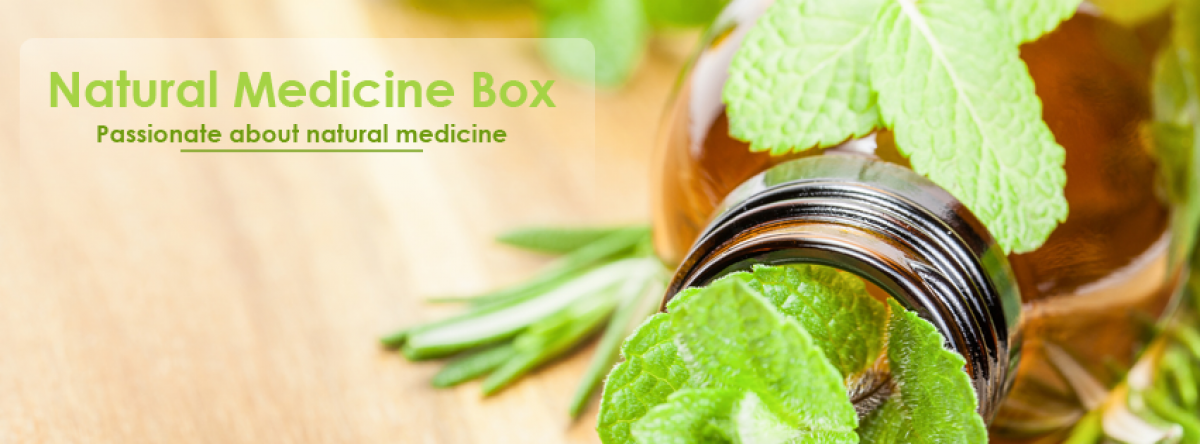7 Foods That Taste Best in Winter
Perhaps best of all, seasonal produce will be at its peak in flavor, too, even if it’s in the middle of winter. Many winter-season vegetables taste better after a frost. This is because as temperatures drop, the cold causes the plants to break down energy stores into sugar, leading to a sweeter, tastier flavor.
With that in mind, the seven foods that follow taste best in the winter, making them ideal to add to your seasonal shopping list.

1. Kale
One cup of kale contains just around 30 calories but will provide you with seven times the daily recommended amount of vitamin K, twice the amount of vitamin A and a day’s worth of vitamin C, plus antioxidants, minerals, and much more.
This leafy green also has anti-inflammatory properties that may help prevent arthritis, heart disease, and autoimmune diseases – plant-based omega-3 fats for building cell membranes, cancer-fighting sulforaphane and indole-3-carbinol, and an impressive number of beneficial flavonoids.
Kale has a 3:1 carbohydrate-to-protein ratio – an exceptionally high amount of protein for any vegetable, and one reason why it has recently been acclaimed as the “new beef.”
Surprisingly, like meat, kale contains all nine essential amino acids needed to form the proteins within your body: histidine, isoleucine, leucine, lysine, methionine, phenylalanine, threonine, tryptophan, and valine – plus, nine other non-essential ones for a total of 18.
Kale’s sometimes-bitter flavor becomes sweeter in winter and, impressively, kale can survive temperatures as low as 10 degrees F.

